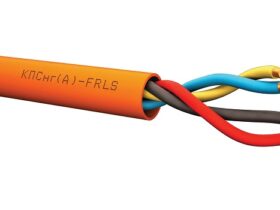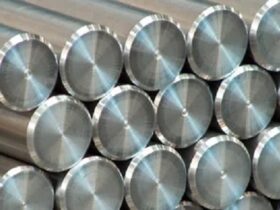Today in Russia there are about 100 thousand bridges of various designs in operation.. And if almost no one thinks about bridges passing along highways, then city bridges always become objects of close attention of experts, builders and ordinary city dwellers. This is especially true of bridges connecting the banks of a river passing through a large city, since they largely affect the architectural appearance of the city. Cable-stayed bridges are one of the most popular today — we will talk about them..
In our country, these bridges began to be built already in the first decade of Soviet power — already in 1932, a bridge across the Magana River in Georgia was put into operation. There are also cable-stayed bridges in Kiev (Rybalsky and Moskovsky) and Riga. On the territory of the RSFSR, the first cable-stayed bridge appeared in 1979 in Cherepovets and connected the two banks of the Sheksna River.
In Moscow and Leningrad, this type of bridges was not used, since the architecture of the two capitals is characterized by arched bridges, which support the appearance of the embankments and the historical center, but often negatively affect the safety of navigation. However, in the 21st century cable-stayed bridges appeared here as well: the Bolshoi Obukhovsky Bridge was built in St. Petersburg (2004), in Moscow — Zhivopisny (2007). The Bolshoi Obukhovsky Bridge at the moment is the tallest structure in the city, but it does not violate the integrity of the historical zone, since it is located far enough from it and is not a drawbridge, which allows you to move from one bank of the Neva to the other at any time of the day or night. We can say that it does not bother anyone and benefits. But many Muscovites are unhappy with the Zhivopisny Bridge, because it is too bright and unusual and turns attention to itself..
Today, cable-stayed bridges are designed using computer technology, taking into account the achievements of science, technology and production, as well as technical and economic conditions, which ensures quick construction and less expensive operation. For the production of ropes, domestic or foreign high-strength wire is used. A cable-stayed rope consists of 12-127 parallel strands with a diameter of 15.7 mm from 7 galvanized steel wires each. The shrouds have an inner protection and an outer shell. Note that not so long ago, Japanese scientists proposed the development of cable-stayed ropes made of polymer materials from carbon fiber, which can surpass steel ropes several times in strength..
Why cable-stayed bridges have become so popular in Russia? On the one hand, this is a global trend — in the last 20-30 years alone, a huge number of these structures have been built, including such champions as the Normandy Bridge in France (1995, the length of the main span is 935 m), Tatara in Japan (1999. , 970 m) Sutun and Stonecutters’ Bridge in China (2008-2009, 1088 and 1018 m, respectively) and, of course, the bridge connecting Vladivostok and Russky Island. This structure was commissioned in 2012, the length of its main span is 1104 m.The project is expensive, but it will start to justify itself economically only when the substantial territory of the island is developed..
In addition, cable-stayed bridges in Russia are being built for significant dates. The Bolshoi Obukhovsky Bridge was to be commissioned for the 300th anniversary of St. Petersburg, the Millennium in Kazan was built for the 1000th anniversary of the city, and the Russian and Golden Bridges of Vladivostok — for the APEC summit. The capital of the 2014 Winter Olympics, Sochi, was not left without a cable-stayed bridge. The first cable-stayed bridge in the south is being built here on the Adler highway — «Alpika-Service».
At the same time, for the vast territory of Russia, 100 thousand bridges are clearly not enough. Of course, all of them are built in carefully selected places, but the increased loads are often not able to cope with, as are the roads. The construction of new roads also presupposes the construction of bridges, but it is not always possible to choose a place for an arched or suspended bridge. If you need to build a bridge in places where landslides are frequent, there is intensive navigation, a large river width, depths of more than 30-40 m or large differences in the height of the banks, then it is economically expedient to build cable-stayed bridges. And this is possible not only in the case of bridges over water bodies. For example, in St. Petersburg in 2008, the first and so far the only cable-stayed overpass in our country was put into operation, covering almost 200 m.Under it we pass 21 station tracks.
The construction of cable-stayed bridges in Russia will continue; at the moment, projects of bridges across the Moskva River, Lena, Volga and other Russian cities are being considered. And this is in many ways a necessity..

















Оставить коммент.